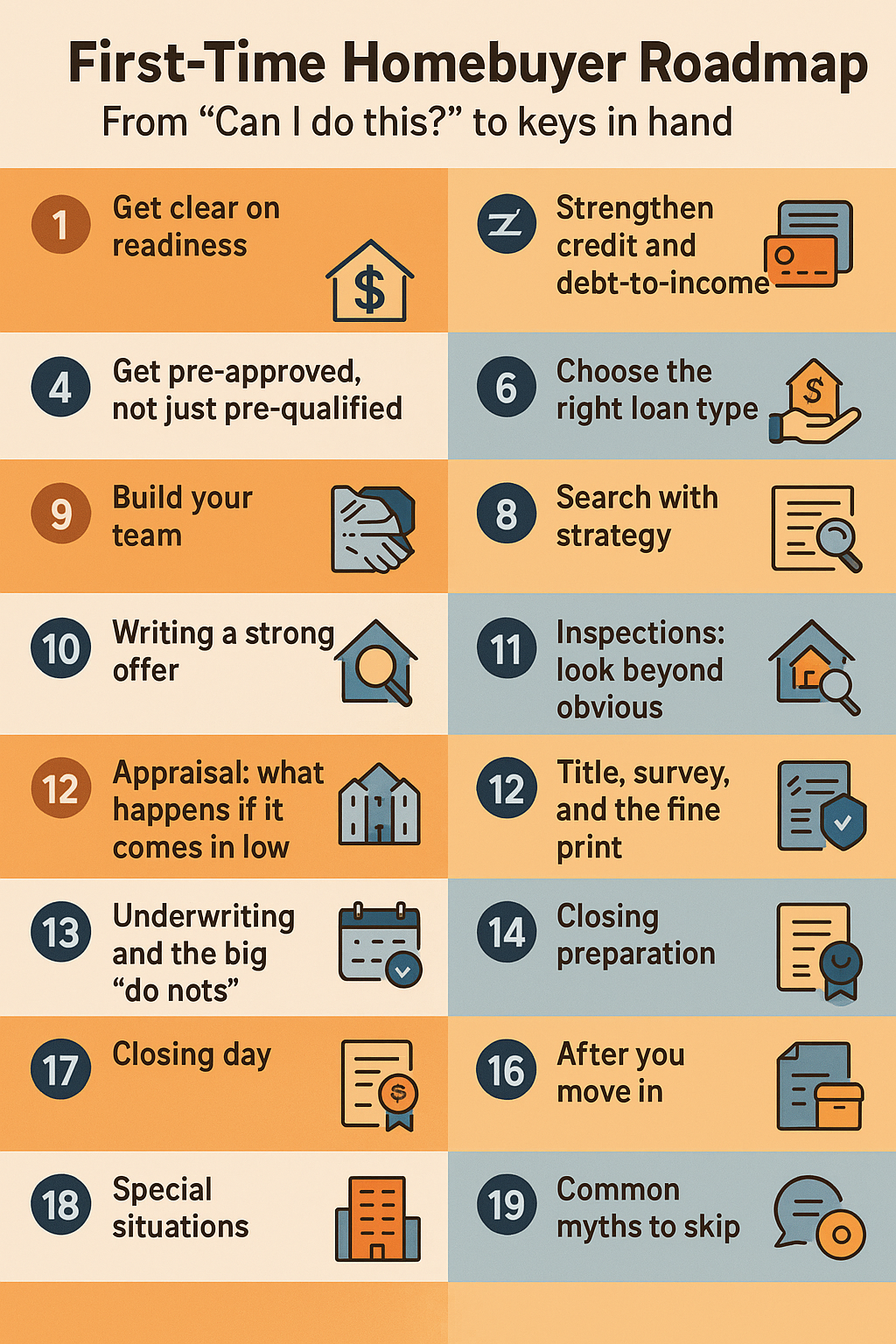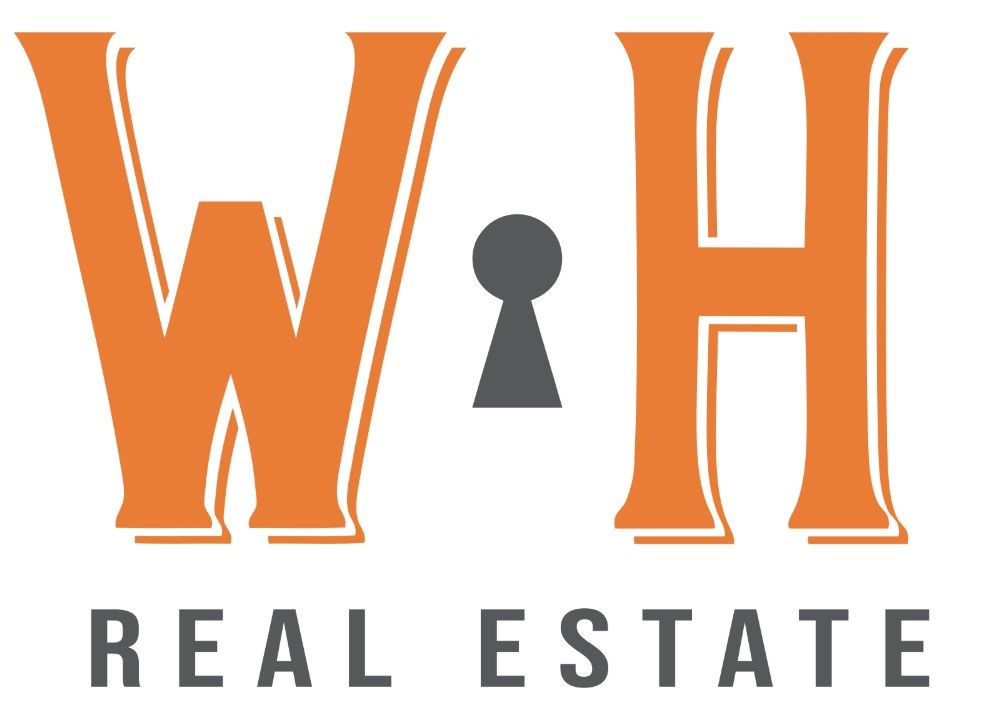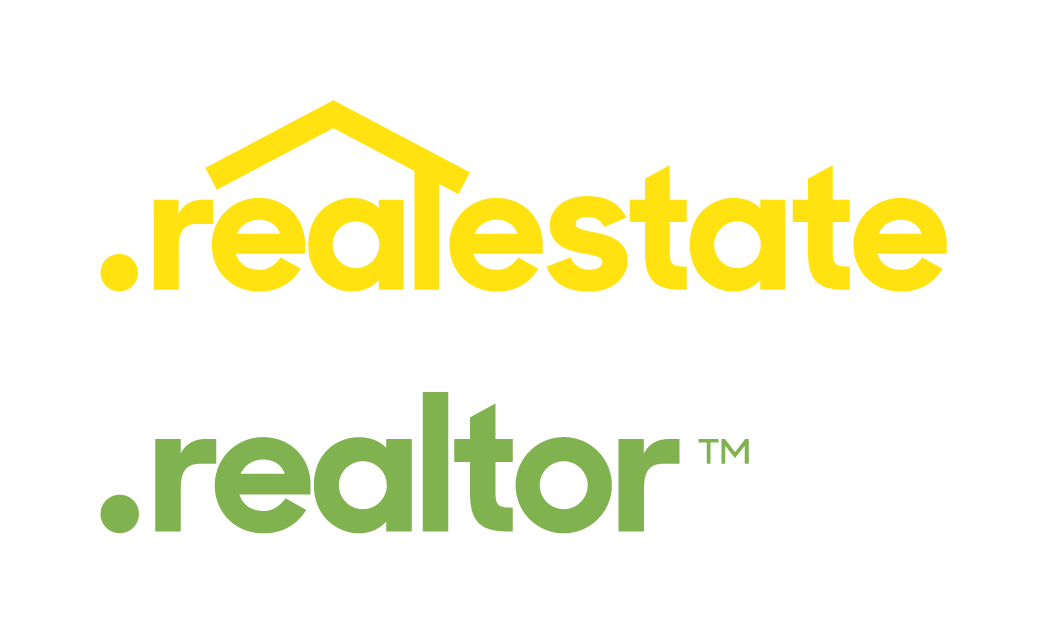Top Real Estate Investment Strategies: A Guide for Smart Investors
Top Real Estate Investment Strategies: A Guide for Smart Investors
Keywords: real estate investing, real estate investment strategies, passive income real estate, BRRRR method, subject-to real estate, buy and hold, fix and flip, REITs, Airbnb investing, short-term rentals, real estate syndication, house hacking, real estate wholesaling
Real estate offers diverse pathways to build wealth, generate cash flow, and achieve financial independence. Whether you're a beginner or a seasoned investor, understanding the most effective real estate investment strategies can help you maximize returns and minimize risk.
In this comprehensive guide, we explore the most popular real estate investing methods and provide professional insights and actionable steps to help you succeed.
1. Buy-and-Hold Residential Real Estate
Overview: Buy-and-hold investing involves acquiring residential properties—either single-family homes or multi-family units—and renting them out over the long term. This real estate strategy focuses on generating ongoing rental income and long-term property appreciation.
Benefits:
- Steady rental income
- Long-term property value growth
- Tax benefits such as depreciation
Action Plan:
- Research strong real estate markets with job and population growth
- Secure mortgage pre-approval or financing
- Purchase undervalued or turnkey properties
- Hire property management and conduct tenant screenings
2. Fix-and-Flip Real Estate Investing
Overview: The fix-and-flip method involves purchasing distressed properties at a discount, renovating them to add value, and selling them at a higher price for a profit.
Benefits:
- Quick capital gains
- Adds value to the real estate market
Action Plan:
- Build a team of reliable contractors and inspectors
- Evaluate the After Repair Value (ARV)
- Budget carefully for renovation and holding costs
- List the property during peak market periods for maximum profit
3. Real Estate Investment Trusts (REITs)
Overview: REITs offer a way to invest in commercial real estate without owning physical property. These publicly traded companies own and manage income-producing properties, and pay out dividends to investors.
Benefits:
- High liquidity
- Low barrier to entry
- Diversified investment exposure
Action Plan:
- Choose from equity REITs, mortgage REITs, or hybrid REITs
- Analyze dividend yield, portfolio performance, and fees
- Invest through brokerage or retirement accounts
4. Short-Term Rentals (Airbnb/VRBO)
Overview: Short-term rental investing involves leasing properties on platforms like Airbnb or VRBO to vacationers and business travelers, often yielding higher monthly returns than traditional rentals.
Benefits:
- Higher income potential
- Flexibility in property usage
Action Plan:
- Verify short-term rental regulations in your area
- Invest in locations with high tourism demand
- Stage and photograph the property professionally
- Use dynamic pricing tools and guest automation software
5. Real Estate Syndication
Overview: Real estate syndication is a passive investment strategy where multiple investors pool capital to purchase large commercial properties. These deals are typically managed by an experienced sponsor or syndicator.
Benefits:
- Access to institutional-grade properties
- Hands-off investment
- Shared risk and rewards
Action Plan:
- Evaluate sponsors’ track records and deal structures
- Understand equity splits, fees, and projected returns
- Read offering memorandums and risk disclosures carefully
6. BRRRR Method (Buy, Rehab, Rent, Refinance, Repeat)
Overview: The BRRRR real estate strategy allows investors to recycle their capital by buying, rehabbing, renting, refinancing, and repeating the process to scale their portfolio.
Benefits:
- Accelerates portfolio growth
- Recycles capital across deals
Action Plan:
- Find undervalued properties in appreciating neighborhoods
- Renovate strategically to increase property value
- Rent to reliable tenants
- Refinance to pull out equity
- Repeat with new properties
7. Subject-To Real Estate Deals
Overview: Subject-to investing allows you to acquire a property by taking over the existing mortgage payments, while the seller’s loan remains in place.
Benefits:
- Minimal upfront capital
- Avoids traditional financing hurdles
Action Plan:
- Target motivated sellers (pre-foreclosure, divorce, etc.)
- Use a well-drafted purchase agreement and disclosure forms
- Ensure compliance with local laws
- Hold or lease-option the property for income or future resale
8. House Hacking
Overview: House hacking involves living in a portion of your property while renting out the other units or rooms. This strategy is common with multi-family properties or homes with separate guest units.
Benefits:
- Reduces or eliminates personal housing costs
- Generates rental income
- Great entry strategy for new investors
Action Plan:
- Purchase a duplex, triplex, or single-family home with an ADU (accessory dwelling unit)
- Live in one unit and rent out the others
- Utilize FHA or VA loans to reduce down payment
- Manage tenants responsibly while maintaining your own residence
9. Real Estate Wholesaling
Overview: Wholesaling real estate involves finding deeply discounted properties, placing them under contract, and assigning that contract to another buyer for a fee—without actually purchasing the property.
Benefits:
- No need to own property
- Minimal capital required
- Fast turnaround
Action Plan:
- Build a list of motivated sellers
- Network with cash buyers and investors
- Learn how to evaluate property values and repairs
- Use assignable contracts and ensure legal compliance
Conclusion
Choosing the right real estate investment strategy depends on your financial goals, risk tolerance, and available resources. From passive REITs and subject-to deals to high-cash-flow Airbnb rentals and scalable BRRRR methods, the opportunities are abundant.
Investing in real estate is a proven path to wealth—but it requires the right knowledge and strategy. For expert guidance tailored to your situation, reach out today.





